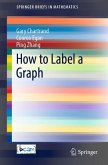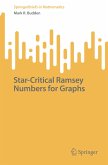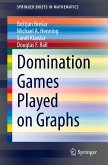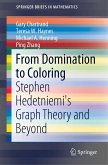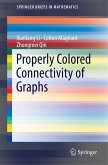Die Theorie der regularen Graphen (The Theory of Regular Graphs), written by the Danish Mathematician Julius Petersen in 1891, is often considered the first strictly theoretical paper dealing with graphs. In the 130 years since then, regular graphs have been a common and popular area of study. While regular graphs are typically considered to be graphs whose vertices all have the same degree, a more general interpretation is that of graphs possessing some common characteristic throughout their structure.
During the past several decades, however, there has been some increased interest in investigating graphs possessing a property that is, in a sense, opposite to regularity. It is this topic with which this book deals, giving rise to a study of what might be called irregularity in graphs. Here, various irregularity concepts dealing with several topics in graph theory are described, such as degrees of vertices, graph labelings, weightings, colorings, graph structures, Eulerian and Hamiltonian properties, graph decompositions, and Ramsey-type problems.
During the past several decades, however, there has been some increased interest in investigating graphs possessing a property that is, in a sense, opposite to regularity. It is this topic with which this book deals, giving rise to a study of what might be called irregularity in graphs. Here, various irregularity concepts dealing with several topics in graph theory are described, such as degrees of vertices, graph labelings, weightings, colorings, graph structures, Eulerian and Hamiltonian properties, graph decompositions, and Ramsey-type problems.
"The book is relatively short (109 pages) but rich in topics. ... The book can serve as a reference source ... or as a textbook for an undergraduate exploratory graph theory course or seminar. It contains a wealth of easy to understand open problems that can inspire enthusiastic students to turn their focus to further study of graph theory." (Dalibor Froncek, zbMATH 1472.05001, 2021)


